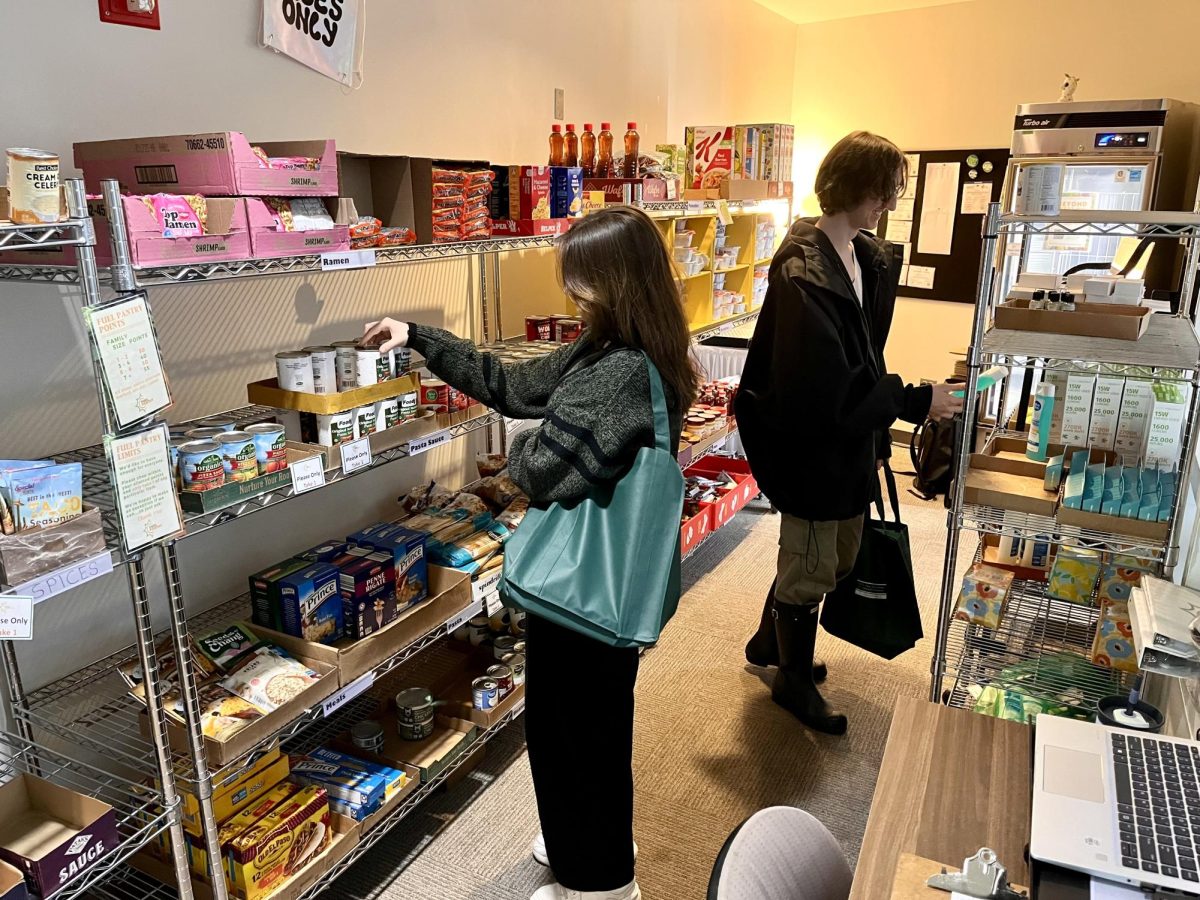Nightmares ‘til Dawn
How a trope-centered horror game enthralled players everywhere
October 28, 2015
After years of experiencing horror movies, we all know how they go. The generic tropes of over-simplified teenagers that cause viewers to yell at their screens, pinpointing mistakes that they would never actually make if this were taking place in “real life.” At first glance, this system of slasher tropes seems to make up the indie PlayStation 4 horror game “Until Dawn”. Upon playing, the game takes a much deeper, creepier route.
In the game, the player is placed in a classic horror film homage: eight teenagers get together in a cabin up in the mountains away from any direct civilization for the anniversary of their friends – Hannah and Beth Washington’s – disappearance, a year earlier. As the game begins, so do the seemingly overwhelming amount of tropes: cabin in the woods, teenagers being stereotypically teenagers, splitting from the group, ancient curse, the list goes on. After the initial introduction of the group, their lives are now controlled by the choices of the player.
More indie games within the past few years have begun gearing towards the Butterfly Effect, a kind of “choose-your-own-adventure” type of gameplay. The actions that the player makes affects the characters and sections of the game itself. This is what makes “Until Dawn” a replayable game – the diversity of outcomes and endings. Choices that end up causing character deaths could inevitably be the smallest, most seemingly insignificant at the time. How characters interact with each other, how their personality statistics change, how the game structures itself – all are based on the choices the player makes throughout gameplay.
Because of how heavily “Until Dawn” relies on this, it has it’s own built in auto-save system, restricting the player from going back and – easily – changing their decisions. The only way to change choices once the player has made them is to start a new game, and replay until that point. Lesson learned: make good choices the first time around.
Graphically, “Until Dawn” is breathtaking. Seamless animation and voice acting, along with the world brought to life with shading and colors of a darker palette, all adding onto the aesthetic that “Until Dawn” builds for itself – something teetering on the edge of apocalyptic, just right for a nightmare. The easily nine-hour long experience for just one round of gameplay spans multiple characters’ stories, shocking discoveries, and spilt–second decisions, all leaving the player on a constant level of paranoia. No plans for Halloween? Have a PlayStation 4? Fan of the slasher genre? Then “Until Dawn” is the game for you. Play with the blinds drawn and the sound turned up, and see where you end up when the sun rises.



















